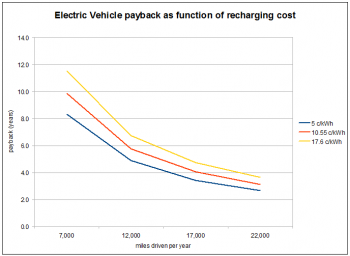Community Power: Decentralized Renewable Energy in California
I talked with Al Weinrub as he wrote this report and I think it’s another great demonstration of the cost and local economic superiority of distributed renewable energy generation. Commuity Power helps overturn the conventional wisdom that bigger is better, illustrating how decentralized, distributed renewable energy can provide a cost-effective and economy-boosting strategy for meeting our power needs.
talked with Al Weinrub as he wrote this report and I think it’s another great demonstration of the cost and local economic superiority of distributed renewable energy generation. Commuity Power helps overturn the conventional wisdom that bigger is better, illustrating how decentralized, distributed renewable energy can provide a cost-effective and economy-boosting strategy for meeting our power needs.
From the media release:
Community Power argues that local, decentralized generation of electricity offers many benefits to California’s communities relative to large central-station solar or wind power plants in remote areas.
It identifies the factors that favor local decentralized generation of electricity: its economic benefits to local communities, its cost-effectiveness, its minimization of environmental impacts, its potential to rapidly meet renewable energy targets, and its increased system security. The paper also identifies obstacles to local renewable power and outlines policies that can promote its development.
Community Power reflects the reality that all electric power is not equal: the impact of electric power production on our ecosystem and on our communities depends on the economic, environmental, political, and social conditions under which the electricity is produced. And from this perspective, the impacts on our communities of remote central-station renewable power and local decentralized renewable power are very different indeed.
To get the full story, download Community Power by clicking here.





 The blog
The blog